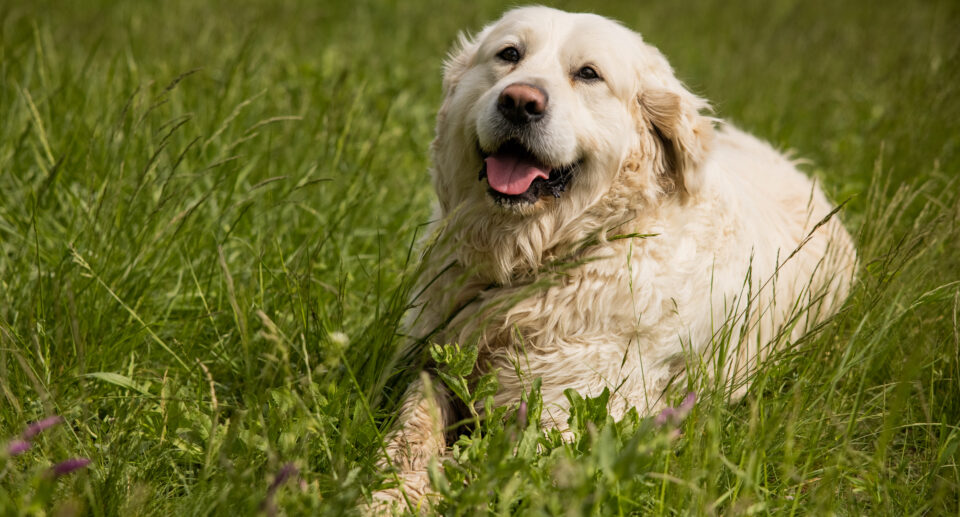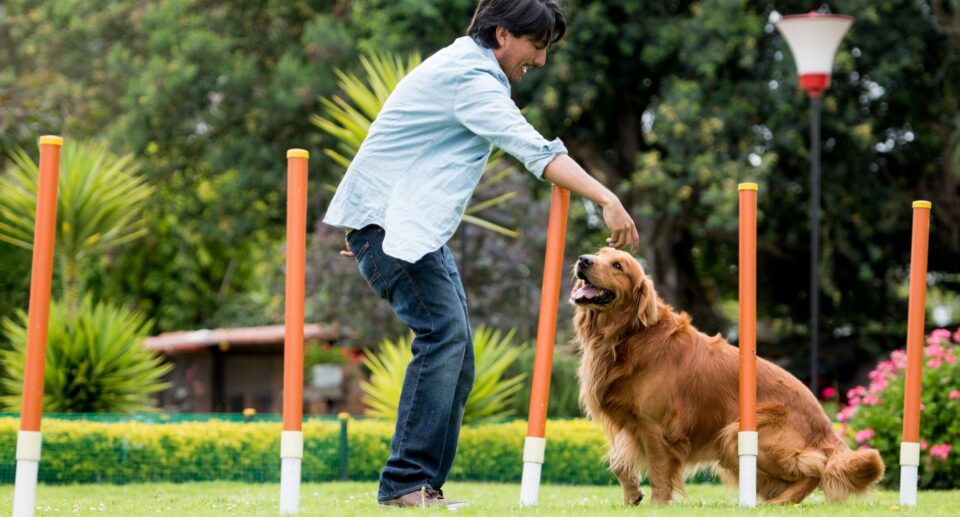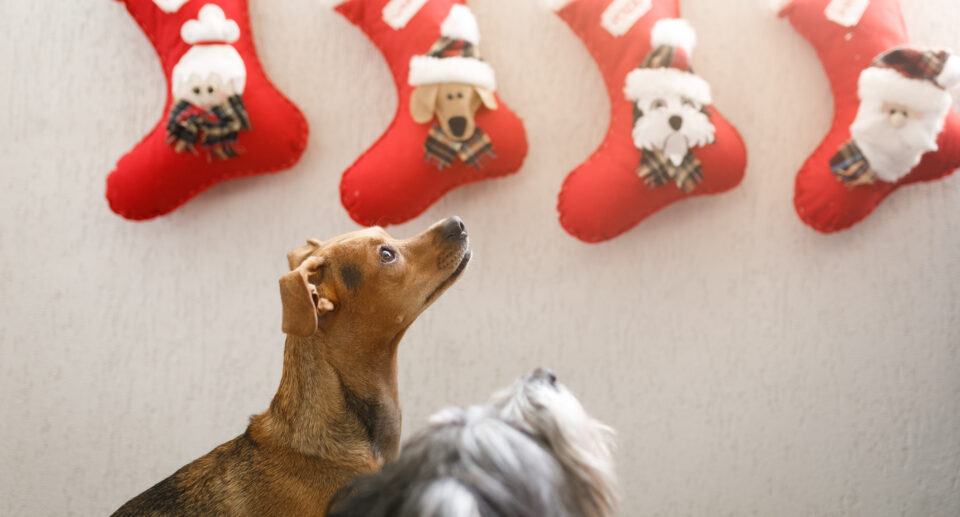
Summer brings endless fun for dogs that love to fetch, chase, and play the days away. But dogs can get carried away and keep playing even when they’re feeling overheated, so it’s our responsibility as pet parents to make sure they take breaks to lower their risk of heatstroke.
Heatstroke is a life-threatening condition that occurs when a dog’s body temperature is 104° or higher. To keep your dog safe, learn to look for signs of heat exhaustion, the precursor to heatstroke, and make sure your dog takes plenty of breaks to drink water and cool off when playing outside this summer.
Watch out for these 5 warning signs of overheating in dogs and aim to make your dog take breaks long before they reach their overheating threshold.
5 Warning Signs of Overheating in Dogs
1. Panting
Panting is a normal, everyday occurrence for most dogs, and it’s usually not a cause for concern. Dogs pant when they’re anxious, when they’re in pain, when they’re relaxed, as well as a cooling mechanism. Similar to sweating in humans, panting involves evaporative cooling to dissipate heat. However, panting is not nearly as efficient at cooling the body as sweating. That’s why dogs are so vulnerable to overheating. When your dog’s panting starts to become heavier, more rapid, or even frantic, it’s a warning sign that they’ve started to cross their threshold from hot to at risk for heat exhaustion.
2. Rapid pulse.
When your dog is overheated, blood vessels near the surface of their skin start to dilate. The heart works harder and faster, circulating blood to help disperse heat from the body’s core to the skin’s surface, a process called vasodilation. To check for a rapid pulse placing your fingertips just behind their left elbow, close to their heart, or at the inside of either thigh, where the femoral artery is located. Normal resting heart rate varies between dogs. The normal resting heart rate varies between dogs, with smaller dogs and puppies having a faster heart rate (as fast as 200 beats per minute) and larger dogs having a lower resting heart rate (as low as 60 beats per minute). A rapid heartbeat will be noticeably faster than usual.
3. Red ears, tongue, or gums.
Increased blood flow can cause redness in some parts of the body, especially where there’s a high concentration of blood vessels and little to no fur. In some dogs, the inside of the ears might look flushed. Their tongue and gums, too, can appear bright red.
4. Drooling and foaming at the mouth.
With rapid panting often comes drooling and foamy white saliva. While some dogs drool more than others, a dog that’s experiencing a warning sign of overheating will produce excessive saliva, and heavy breathing can create foam at the corners of the mouth. Dehydration and overheating often go hand in hand, so you’ll also want to look out for thick, sticky saliva that can indicate that your dog hasn’t been taking in enough fluids to replace those lost through panting.
5. Vomiting and diarrhea.
Unexplained gastrointestinal symptoms are serious warning signs that a dog may be at risk for heatstroke. Heat stress causes blood to circulate away from the body’s major organ systems, including the gastrointestinal system. Dehydration, electrolyte imbalance, as well as heat stress can all contribute to nausea, inappetence, vomiting, and diarrhea.
What To Do If Your Dog Shows Signs of Overheating
If your dog may be experiencing heat exhaustion, bring them to a shady or cool place immediately. Find cool water (not cold, as ice-cold water may cause shock) and use a moistened rag to cool your dog’s paws and belly, focusing on areas with a high concentration of blood vessels and thinner skin, such as the armpits and thighs. Offer water to drink, but do not force it if they refuse at first, as overheating can cause nausea.
Mild heat exhaustion does not always require veterinary treatment, but you should seek urgent care if your dog does not seem to recover right away, or if you notice any concerning signs like weakness, seizures, or collapse. Heatstroke is fatal in about 50% of dogs even with treatment, and those that survive can sustain lasting organ damage.
Protect Dogs from Life-Threatening Heatstroke
Puppies, overweight dogs, senior dogs, and brachycephalic breeds, such as Pugs and French Bulldogs, are particularly vulnerable to heatstroke due to their limited ability to regulate body temperature.
Regardless of your dog’s age or breed, it is crucial to take proactive measures to safeguard them from extreme heat during the summer. With global temperatures on the rise and summers becoming hotter and longer, our four-legged family members rely on us to keep them safe. Stay cool and always remember that frisbee can wait until after a refreshing water break.
VISION
Every pet deserves to live a long, happy, healthy life.





